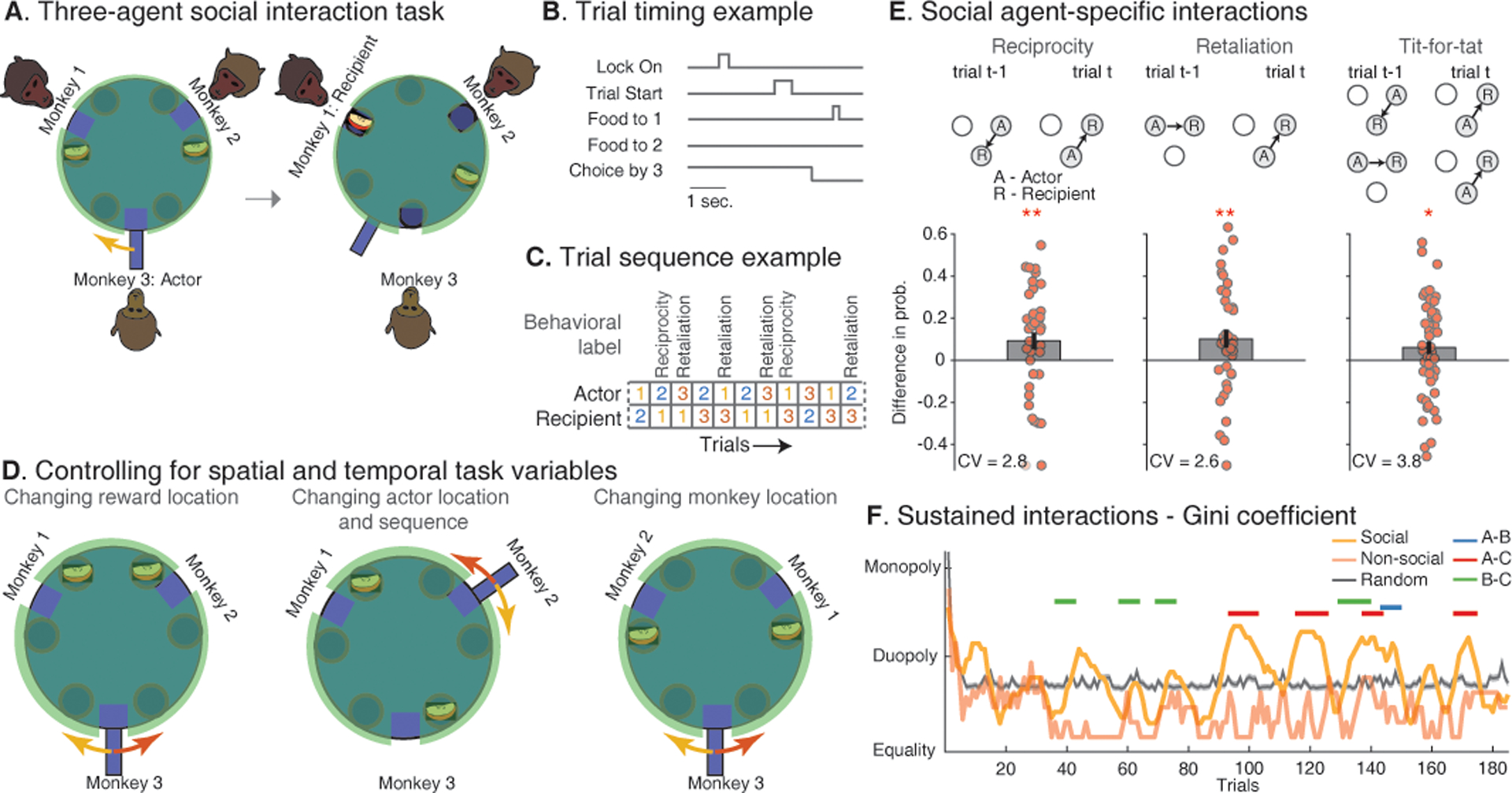Fig. 1. Three-agent task for testing partner-specific interactions in Rhesus macaques.

(A) Groups of three monkeys sat around a custom-made turntable apparatus that allowed them to interact with each other through food allocation. All monkeys could observe the initial food location through a transparent cover (shown in green), the actor’s choice, and the reward recipient. Turntable movement, together with food location, determined the reward recipient (Fig. S1). (B) Example timing of events for trial shown in A. In this trial, monkey 3 (referred to here as ‘Choice by 3’) offered a reward to monkey 2 (referred to here as ‘Food to 2’). (C) The animals interacted with each other over multiple trials, with the actor on each trial being selected in a pseudo-random fashion. The actor could engage in reciprocity or retaliation based on what the previous actor chose. (D) Control measures were used to dissociate the identities of the different agents from variables such as the direction of movement (left panel), the role of each agent (center panel), or the monkeys’ spatial locations (right panel). (E). Illustration of trial combinations in which the animals displayed reciprocation, retaliation, and tit-for-tat behavior. Arrows show who the actor offered a reward. The animals displayed reciprocation, retaliation, and tit-for-tat behavior with specific individuals at probabilities that were significantly higher than expected from chance (* P < 0.05, ** P < 0.01; Coefficient of Variation (CV)). Bars are the probability of reciprocating compared to not reciprocating ± SEM. Each point depicts an individual’s probability within a particular session (Fig. S2). (F) Gini coefficient illustrates the distribution of reward (dark orange) during a representative session. The highlighted horizontal lines illustrate transient duopolies (permutation test, p < 0.05). For comparison, the distribution of reward expected from chance (gray) and in a representative non-social session (light orange) are displayed separately.
